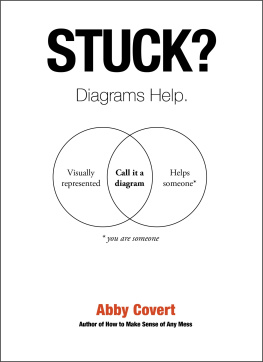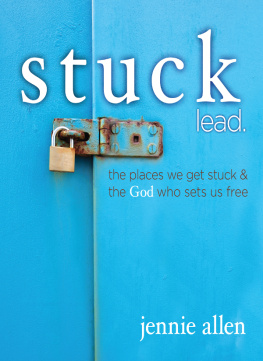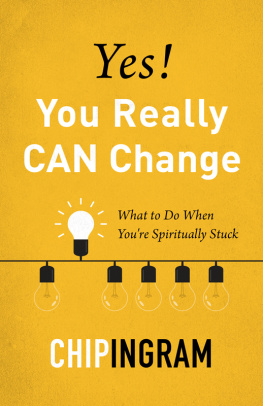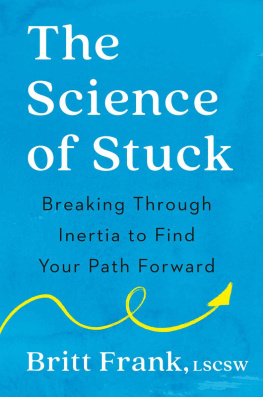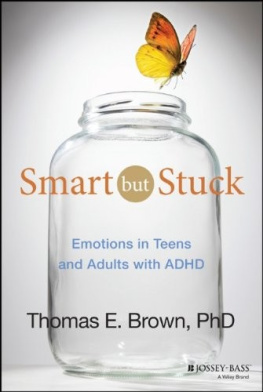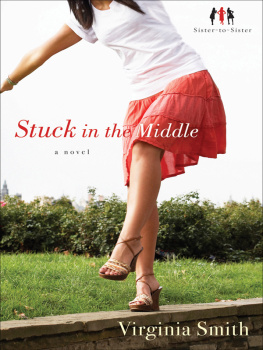2022 Abby Covert
All Rights Reserved
www.abbycovert.com/STUCK
ISBN 979-8-218-02041-5
For Jamie Bug,
I wrote this while you were small
with hopes that the world might be a little less stuck
by the time you are big.



Introduction
When was the last time you felt stuck? Maybe it was because of a decision you were struggling to make, a complex topic you were trying to understand, or a project with so many moving parts that you felt somehow both motionless and emotionful.
There are obvious tools for when we are physically stuck: jaws of life, life rings, tug boats, and tow trucks, just to name a few. But what tool do we turn to when we feel this kind of emotionally stuck?
Diagrams are visual representations that help. Especially when we feel stuck. Like emotional tow trucks, diagrams have been helping people for hundreds of years across industries, fields, and cultures when they feel this kind of stuck.
Diagrams are everywhere if you are paying attention. Designers, engineers, project managers, teachers, analysts, technical writers, architects, salespeople, and product managers are just some of those who are making good use of diagrams on the job. Museums, parks, post offices, and grocery stores are a few of the everyday places where you might encounter a diagramor five. Their labels are as diverse as the contexts they serve: charts, infographics, schemas, models, workflows, information visualizations, canvases, maps, figures, etc.
The doodle on the whiteboard to illustrate a point in a meeting? Diagram. The simple map used to highlight where the birthday party will be next weekend? Diagram. The instruction manual used to put together that new bookcase? Diagram. The visual your team used to get to that big goal?
Thats right, diagram.
Whom Is This Book For?
If diagrams relate to so many paths and goals, when are we actually taught how to use this tool that has proven so good at helping when we feel stuck? And are we ever taught what makes a diagram good?
For too many people the answers are never and no. But everyone feels stuck sometimes and diagrams help.
If you have never made a diagram in your life or feel under-skilled in this area, know that I wrote this book primarily for you. We will dissect diagrams into their basic elements while working to build your confidence both in the process and with the outcomes to expect from diagramming. And if you are a true novice, in the first few pages, we will learn just enough to make your very first diagram.
If you already make (or dare I say even enjoy making) diagrams but are not sure if your diagrams are as effective as they could be, I wrote this book for you as well.
Many experienced diagrammers came to diagramming through a fairly narrow entry point, with a specific method or template that does not allow a diverse exposure to diagrams in other contexts.
This book begins to fix that.
About This Book
In the first two chapters on purpose and process, we will learn a controlled vocabulary for the common elements and process of diagramming across contexts. Then presents stories and strategies for collaboration.
At the end of the book are resources that you might find useful over your diagrammatic lifetime, including a literature review in which a librarian, Jenny Benevento, dives into how much there there is when it comes to diagrams.
There is an indexed lexicon provided in the back, and throughout the book, bold in-line text is used to call your attention to the first use of any new lexicon term.
Over one hundred sensemakers helped to bring this book to life by testing the content as it was written. For a list of names to thank, make sure to read the acknowledgments.
The diagrams in this book were made by me and typeset in a combination of Abby Covert New Regular, Adobe Garamond, and Atkinson Hyperlegible.
Choose Your Own Adventure, Dear Reader
This book was created to be useful across your diagrammatic lifetime, so there are a few paths that you might take through its pages, based on where you are currently. And yes, of course I made a diagram.
If you are a beginner, I suggest you start at the beginning and read the first four chapters and practice making some diagrams on your own. If there are other people involved with or impacted by your diagrams, keep going because the stories in are going to be invaluable to using this skill with and for other people.

was designed for whenever you need a diagram critique. See how your latest diagram fares against my nine principles and 25 common diagram violations. Also, isnt it tempting that the literature review and resource lists in the back are seemingly all that stand between the you of today and the diagram nerd inside you waiting to shine?
If you are a diagram nerd, welcome like-minded friend. I dont know if what I have to teach in the first few chapters of this book will be all that impactful to your diagram practice, and yet I have to believe you might pick up something valuable for your practice, based solely on how much I learned about diagramming in writing this book. One thing that I know for certain is that the perspective on diagrams that Jenny Benevento takes in the literature review is one that hasnt been taken in other places when it comes to the largesse of diagrammatic thought and historical gravitas. Also, the resources lists are fire.

Purpose

I was recently helping a family member as they recovered from major surgery. At discharge time, the hospital gave them what emotionally felt like a metric ton of prescriptions, instructions, and glossy handouts. On the way home, we picked up another pile of equipment, medical supplies, and pill bottles from the pharmacy.
When we got back to the house, the patient took a much-needed nap, and I was left with a kitchen counter covered in everything I had just carried in from the car.
I supposedly had everything that I needed to care for my family member who was unable to care for themselves. And yet I had no clue how to tackle what was ahead of us. I felt so volatile. I was uncertain about what needed the most immediate attention, and it all felt so complex. Many of the papers used words and concepts that were totally new to me. The next few hours, and then the days and weeks thereafter, felt so ambiguous.
Once I calmed myself enough to recenter, I remembered that as an information architect I was well prepared to tackle this kind of mess. All we need is some useful categorization to organize this pile, I said to myself.
I got to work sorting through the pile based on what we needed to pay attention to when. I asked one simple question of every piece of paper and medical supply that I encountered in the pile:
Next page
